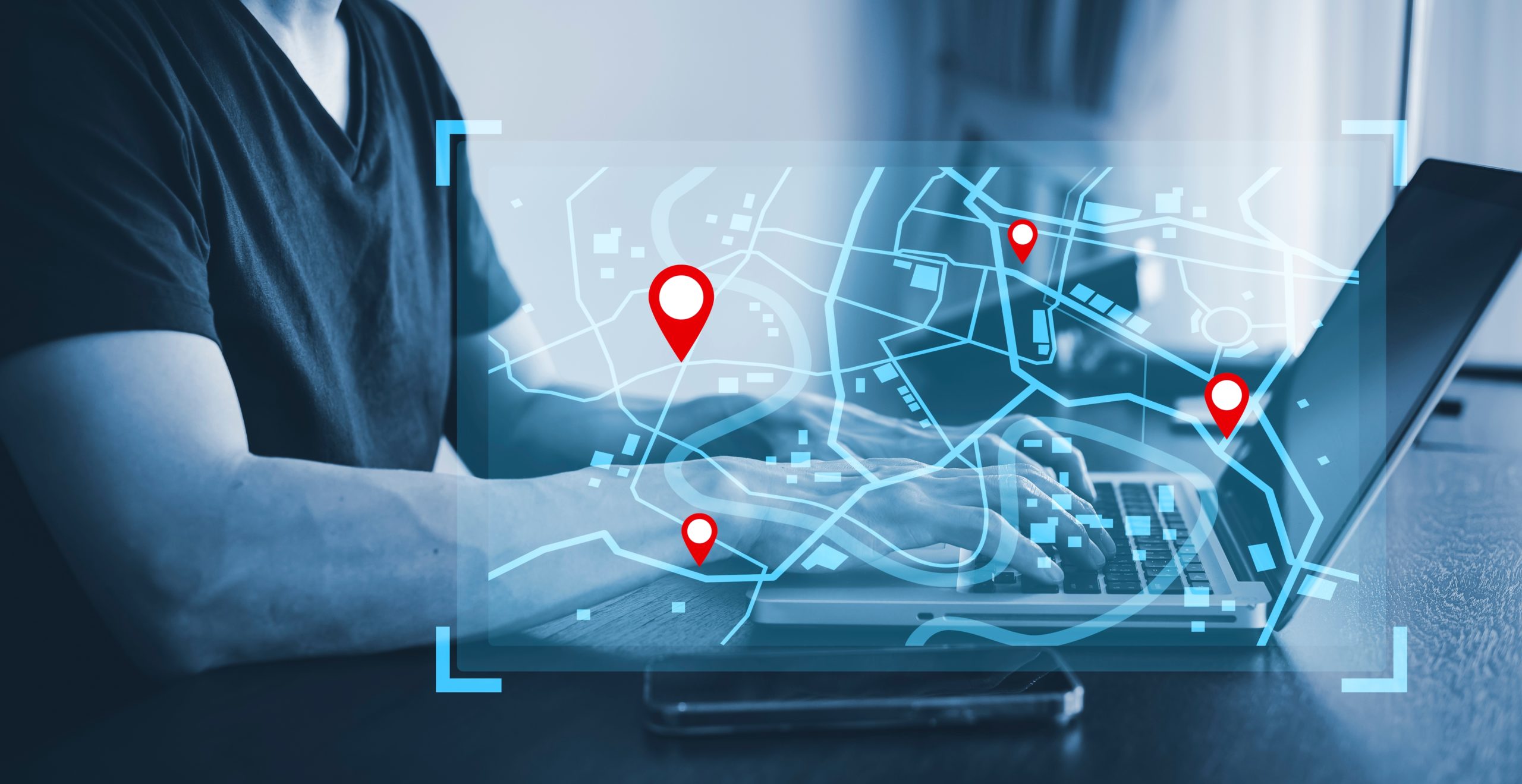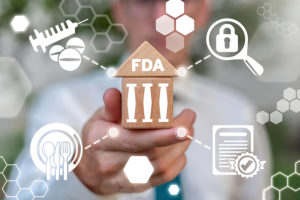
Getting Real about Real-Time Location Systems
Real-Time Location Systems, or RTLS, emerged in the 1990s for use by government and military entities. The technology has been adopted in manufacturing, logistics and aerospace applications for years. Now it is coming into its own in a growing variety of other applications, from healthcare consignment inventory management to retail item tracking. It’s time to get real about RTLS – it must be properly implemented with security in mind, so that it can be trusted to deliver measurable benefits across a growing range of industrial and commercial applications.
One example is healthcare organizations that must track the precise location of “crash carts” and other life-critical assets and controlled substances inside their facilities, in real time. They also must collaborate on the process of identifying, storing and managing assets owned by consignment inventory providers on the hospital premises, who invoice them only when they are used.
In the retail setting, real-time asset-tracking solutions improve inventory-management visibility from the shipper to the receiving dock, retail shelf and the cash register, and on into the customer’s hands. They also make it possible to identify a product that has been returned from the customer or retail shelf into the distribution channel. Environmental sensors can be added to item tags as needed for cold-chain tracking, ensuring that certain items are being maintained to temperature and other environmental requirements as part of 360˚ track-and-trace requirements.
Regardless of the application, the RTLS system must be trusted – the entire RTLS system, from item tags through communications gateways and multiple layers of software. All must work together to deliver cryptographically secure, high-reliability IoT-based, tagged item tracking. This requires a multi-layered approach.
The first layer ensures the communication system can deliver continuous system availability so the status of all items is always known, including location. The next layer protects the system’s communication channel from cybercriminals trying to access item data via the system’s smartphone app, the tagged item, or the cloud. The third layer brings trust to each system element through mutual authentication.
If you want your RTLS application to be secure and reliable, learn more from Thirdwayv about our multi-layered security solution. Each layer can be added in a modular fashion to meet the specific needs of your item-tracking application using third-party software development kits (SDKs) that speed and simplify deployment. We can also add secure smartphone control to your tracking solution, protecting the entire communication channel from malware and other threats. Our goal is to help make your real-time location system a reality you can trust.
Related Posts
Popularity of Remote Patient Monitoring Skyrockets — Is it Secure?
A recent report from commercial intelligence platform provider Definitive Healthcare revealed that remote patient monitoring insurance reimbursement claims rose 1,294% from January 2019 to November 2022. It’s likely that a desire to minimize contact during the pandemic drove much of this demand. But remote patient monitoring claims continued to grow even after people resumed face-to-face…
Countdown to Safer Medical Devices
A six-month clock started ticking late last year, counting down to the FDA’s new deadline for updating its public-facing guidance for improving the cybersecurity of medical devices. This requirement became law on Dec. 29, 2022, as part of a $1.7 trillion Omnibus Appropriations Bill that also includes new rules for submitting applicable medical devices to…
Getting Real about Real-Time Location Systems
Real-Time Location Systems, or RTLS, emerged in the 1990s for use by government and military entities. The technology has been adopted in manufacturing, logistics and aerospace applications for years. Now it is coming into its own in a growing variety of other applications, from healthcare consignment inventory management to retail item tracking. It’s time to…



